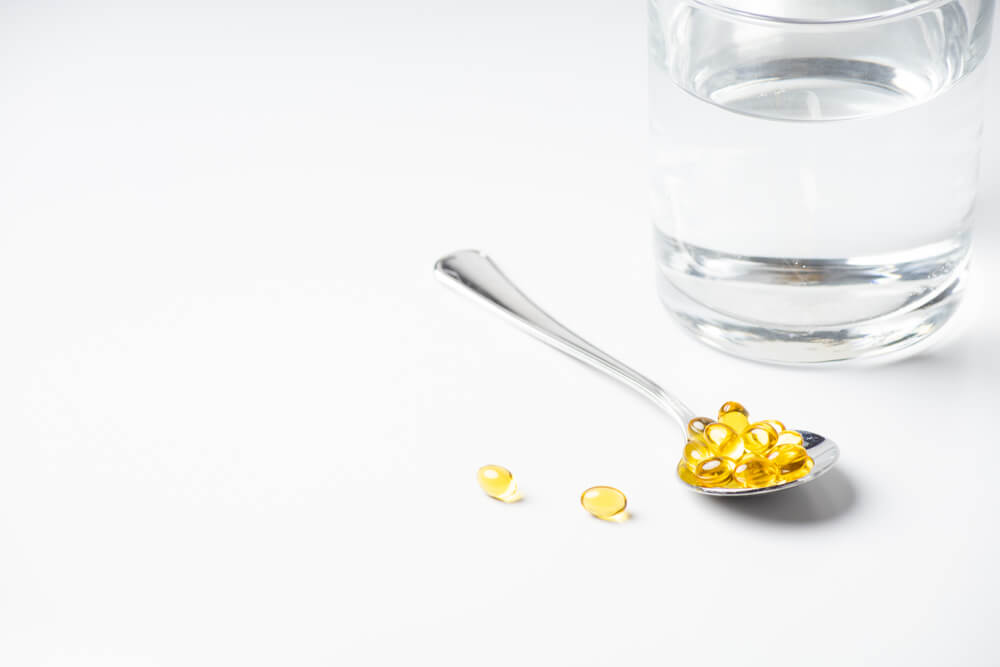When it comes to labeling their products, Nutraceutical supplement manufacturers must adhere to FDA guidelines. These guidelines are in place to ensure that consumers are not misled about what they’re buying and that all necessary information is included on the label.
Herbal supplements, in particular, must meet certain standards set by the FDA. Here are some key points to keep in mind when creating your supplement labels:
– Include the name and address of the manufacturer, packer, or distributor.
– The “supplement facts” panel must be prominently displayed and easy to read.
– All ingredients must be listed in descending order by weight.
– The net quantity of contents must be stated in both metric and English units.
– Any claims made about the product’s effects must be backed up by scientific evidence.
– The label must not make any false or misleading claims.

What are dietary supplements?
Dietary supplements may include anything from vitamins and minerals to herbs and spices.
Defining precisely what the FDA deems a “dietary supplement” is the first step in this discussion. A dietary supplement must be at least one of the following in order to meet the regulatory definition:
There are many different types of supplements that may be found in the food we consume. They can be vitamins and minerals, herbs and botanicals, amino acids, dietary supplements, or any combination of these ingredients.
Supplement labels are required if your product falls into one or more of these categories.
FDA Labeling Regulations for Supplements
Informational and front labels are the most common areas for supplement labeling on packages. The label panel on the front of the product is the one that customers are most likely to see when they shop. As a rule of thumb, the “information panel” is located immediately to the right of the front panel and contains all of the product’s more technical information. The Food and Drug Administration (FDA) mandates that a supplement label provide five items of information.
- Statement of Purpose — This is the supplement’s official name. On the front label panel, this information is often prominent.
As the name suggests, this statement provides the precise amount of the product in the container. In most cases, it may be found on the front panel, just below the assertion of identity.
The true meat of the supplement label is the nutrition label. The supplement facts section is another name for it. Nutrition labeling is so important that we’ve included a section below just for it.
- Ingredients — Following the supplement facts, you’ll find a list of all the ingredients that went into making it..
Requirements for Supplement Facts Labeling.
In this part, you will find the name and location of the company that produced, packaged, or distributed the dietary supplement, as well as the zip code of that location. This section is usually found towards the bottom of the component list
Complex and critical needs are included in the supplement facts section of a supplement label. This section must provide the following information on all dietary supplement labels.
- An estimate of how many servings are in each container, as well as the amount of product used in each serving. You’ll have to list the total calories in each serving.
- The Name and Quantity of All Ingredients — This section lists every component in the supplement. The units of measurement used should be the International Units (IUs) (International Units).
A breakdown of calories from fat, total fat, saturated fat, and cholesterol must be included in the calorie count section of the nutrition label. Trans fat must be included just below the saturated-fat portion of your supplement’s ingredient list.
In order to comply with FDA regulations, you must mention the following nine critical components: salt, total carbohydrate, dietary fiber, carbohydrates, protein, vitamin A, vitamin C, calcium, and iron. Other chemicals may or may not have this information included.
- Dietary Components: Percent Daily Value (DV) — The percent daily value must be stated for all dietary ingredients.
When an ingredient’s daily value has not been defined by the FDA, it must be referred to by its common name.
There are just a few more things we need to talk about. The FDA’s thorough Dietary Supplement Labeling Supplement Guide is a wonderful place to start when it comes to supplement labeling requirements.
Labeling Formats for Supplement Facts.
A wide range of supplement information formats is permitted by the FDA. Depending on the kind of supplement, the components used, and how frequently the supplement is intended to be taken, the formats might differ. The FDA’s Frequently Asked Questions for Industry page has a broad collection of examples of supplement information labels that are in compliance with the agency’s regulations. These might serve as inspiration for the creation of your own supplement fact labels.
Regardless of how many supplements you want to produce, you will need an FDA-approved label. The Food and Drug Administration (FDA) may take remedial action if dietary supplement labels do not comply with statutory rules. If you’re a small supplement company, this kind of inspection may be costly and detract from your goods’ appeal to customers.

Label Design for Dietary Supplement Products
In order to sustain daily usage, supplement labels need to be durable. White vinyl or plastic in any of the following colors is ideal for printing your supplement fact label on. It is meant to withstand typical usage, including being carried about in a gym bag or handbag.
Keep these guidelines in mind to ensure that your supplement labels are compliant with FDA regulations. failure to do so could result in legal action from the FDA.
This is just a basic guide to FDA and Nutraceutical supplement label requirements. For more detailed information, please consult the FDA’s labeling guide for dietary supplements. minimum font sizes.
Thank you for reading! We hope this guide was helpful.

